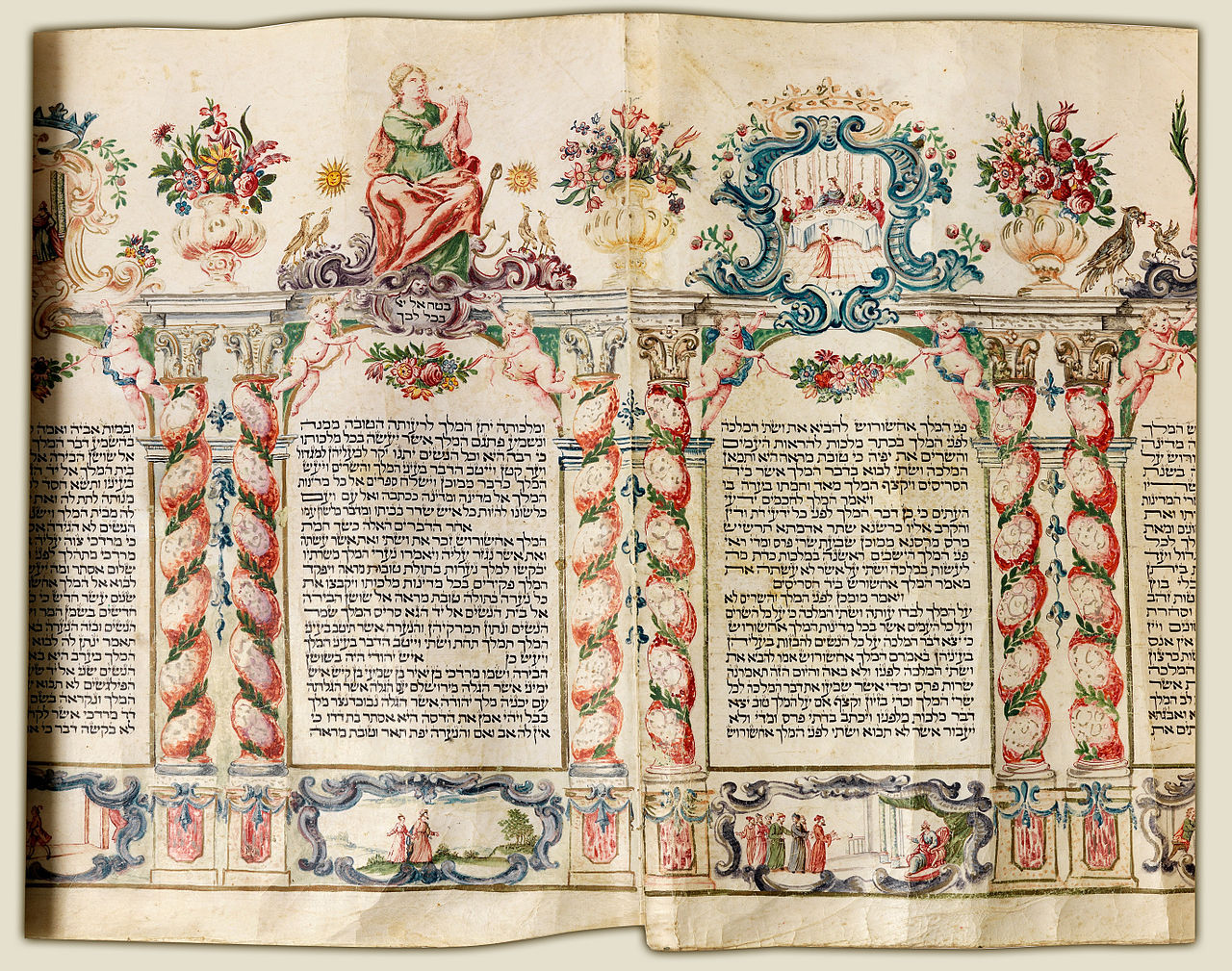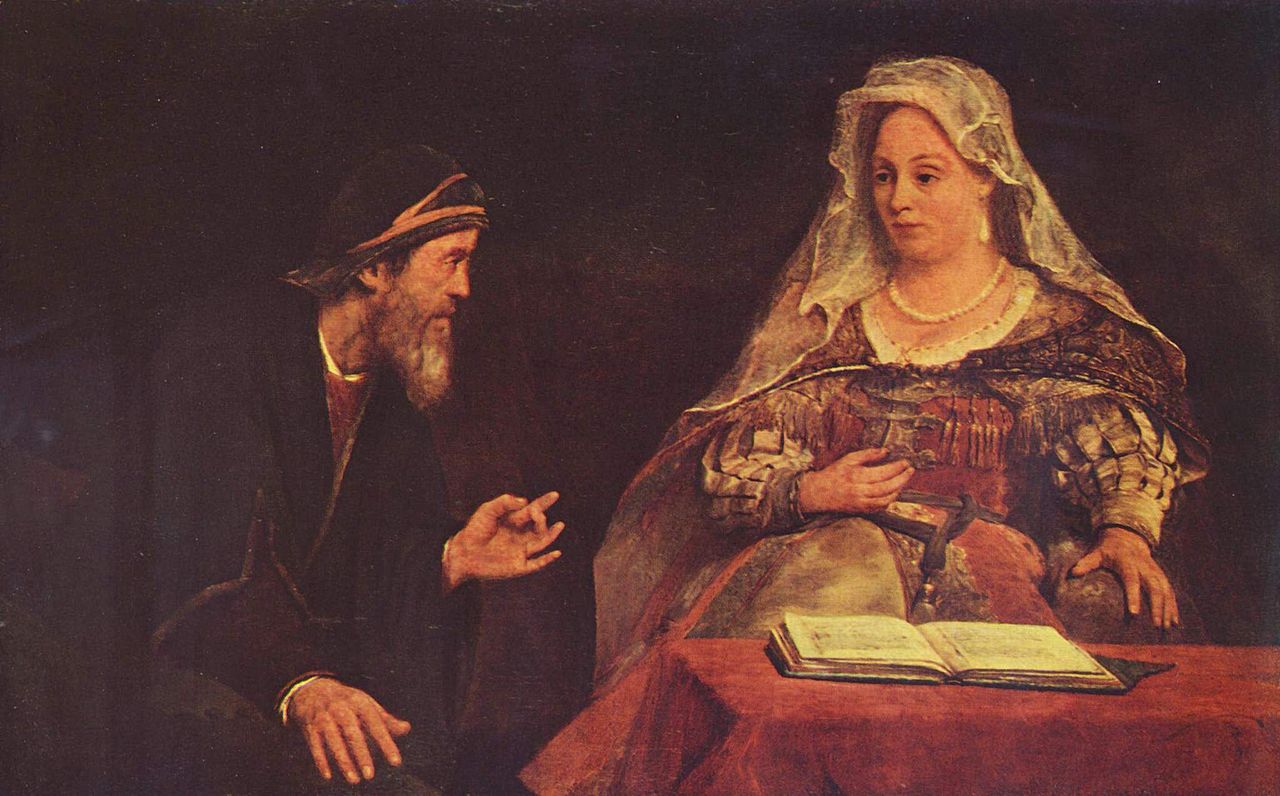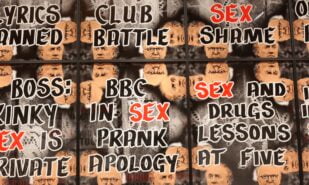In the colourful mosaic of Jewish holidays, Purim appears as a vivid tapestry woven from threads of history, hidden meaning, and exuberant joy. This event, which has withstood the test of time, merges the past with the present in a jubilant celebration of faith and resilience.
Purim: a tapestry woven from threads of history and meaning
Purim: a tapestry woven from threads of history and meaning
History and significance
The origins of Purim trace back to the biblical story depicted in the Book of Esther, a saga set against the backdrop of ancient Persia. Once upon a time (in the fifth century BCE), during the reign of King Ahasuerus, the wicked vizier Haman, offended by the Jew Mordecai, decides to destroy all the Jews. Through intrigue and deceit, he persuades King Ahasuerus to issue a decree: “Dispatches were sent by couriers to all the king’s provinces with the order to destroy, kill and annihilate all the Jews— young and old, women and children — on a single day, the thirteenth day of the twelfth month, the month of Adar, and to plunder their goods.”

Upon learning of this, Esther, Mordecai’s cousin and the wife of King Ahasuerus, breaks palace traditions to plead for her people. King Ahasuerus then issues a new decree: “The king’s edict granted the Jews in every city the right to assemble and protect themselves; to destroy, kill and annihilate the armed men of any nationality or province who might attack them and their women and children, and to plunder the property of their enemies.” The Jews rise up with weapons and repel the attack, killing many enemies (the text mentions about ~76,000), and hang Haman on the same gallows he prepared for Mordecai.

The name “Purim” itself comes from the Persian word “pur,” meaning “lot.” According to the story, Haman cast lots to determine the most favourable day for exterminating the Jews. However, by fate’s hand, the chosen day for destruction becomes a day of salvation for the Jewish people, forever etched into the annals of history. At its core, Purim embodies themes resonating across generations. It’s a tale of courage in the face of adversity, as Esther risks her life to defend her people. It’s a testament to the power of unity and solidarity, uniting Jews to triumph over a common enemy. And it’s a celebration of divine providence: God’s invisible hand guiding events, shaping the destinies of nations.
Purim traditions
As the sun sets on the eve of Purim, Jewish communities worldwide begin their exhilarating celebrations.
Central to Purim is the public reading of the Book of Esther, known as the Megillah, a dramatic recitation that brings the ancient narrative to life with fervor and emotion. Notably, when the reader mentions Haman’s name, it is customary for those present to make noise: stomping feet, whistling, or using special noisemakers. This expresses contempt and disdain for the villain. But Purim is not just a solemn retelling of history; it’s also a time of rejoicing, a carnival of merriment. From elaborate costumes worn by children and adults to raucous parties filling the streets with music and dancing, Purim transforms cities into colourfulscenes of joy.
And more traditions…
Mishloach Manot – the exchange of gifts, food, and drinks, where friends, relatives, and neighbours share the holiday joy by exchanging festive treats.
Matanot la’Evyonim – the obligation to help the poor, embodying the spirit of compassion and solidarity, ensuring that all members of the community can partake in the celebration.

Purim Seudah, or festive meal – the culmination of the holiday, where loved ones gather to share a feast. From savoury kreplach to sweet hamantaschen, the Purim Seudah is a culinary celebration of joy and abundance.
On the bustling streets of New York and the ancient alleys of Jerusalem’s Old City – Jews celebrate Purim with enthusiasm around the world. In Israel, the holiday takes on special significance as cities and towns come alive with parades, contests, and performances that capture the spirit of the event. But in every corner of the world where Jews reside, Purim brings people together – a time to rejoice in the victory of good over evil, reaffirm familial and communal bonds, and thank God for freedom and salvation.
In the vibrant tapestry of Purim’s history, it shines like a beacon of hope and inspiration. Gathering with loved ones to retell the story of Esther, exchange gifts, and assist those in need, people reaffirm their commitment to enduring truths and pass the light of Purim on to future generations.




